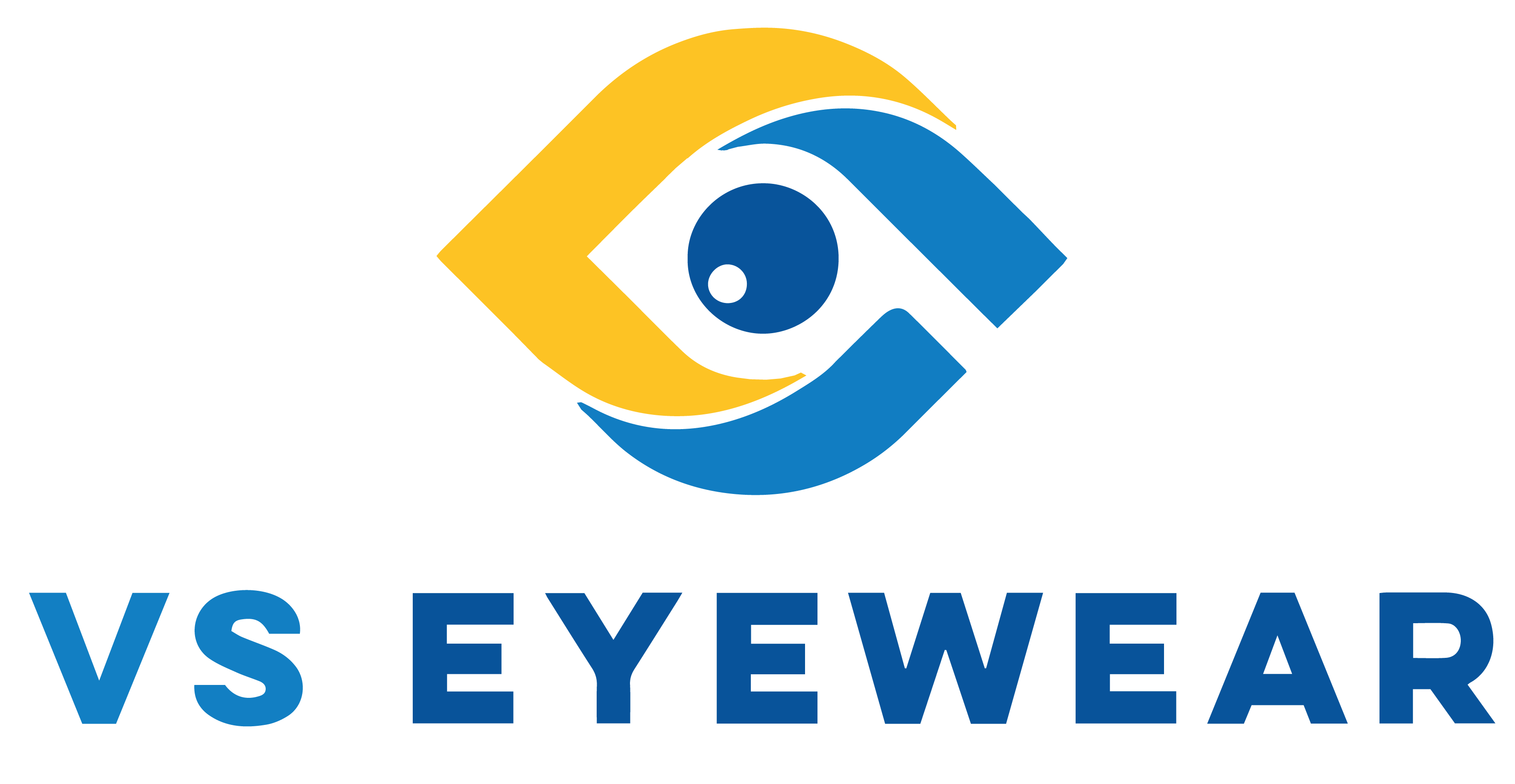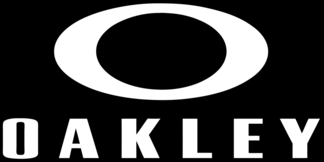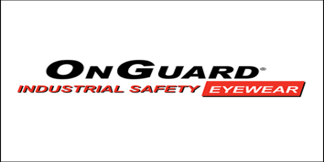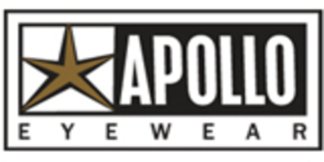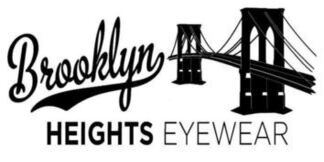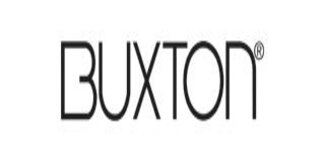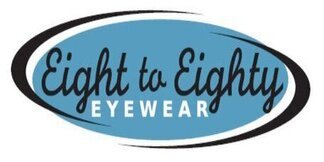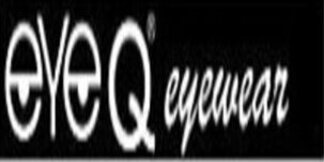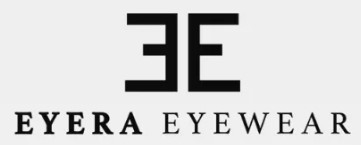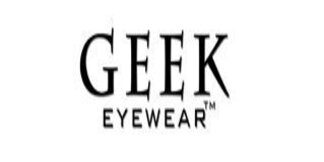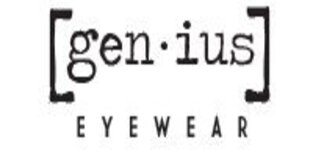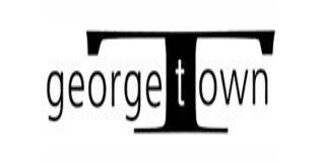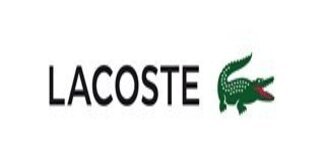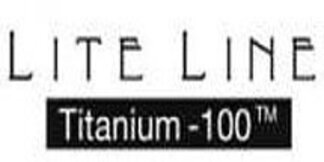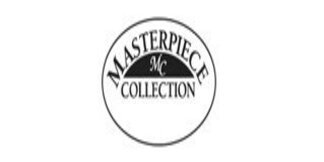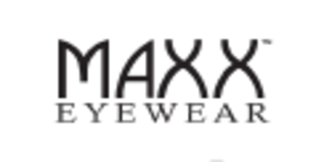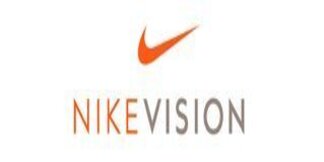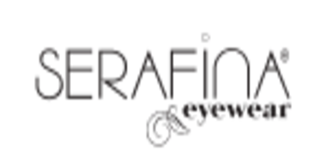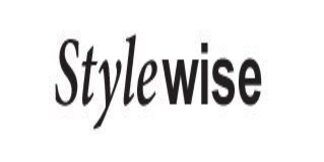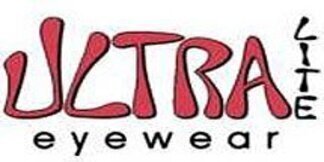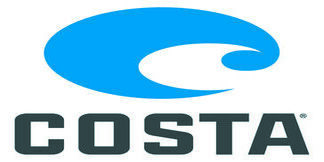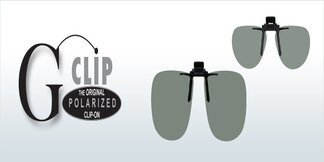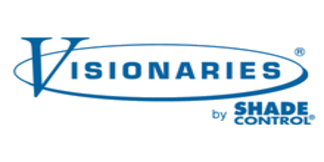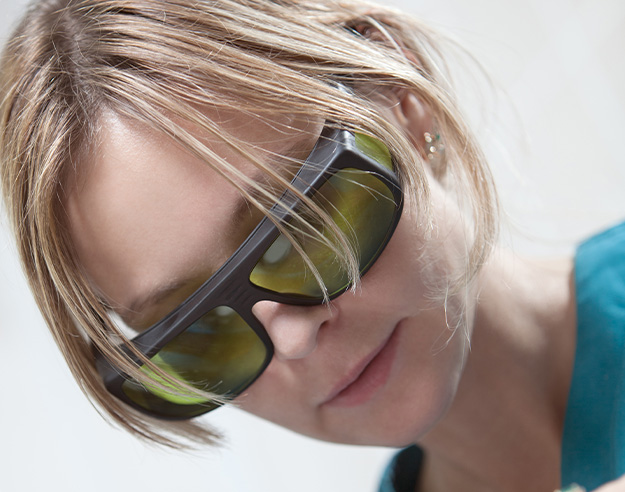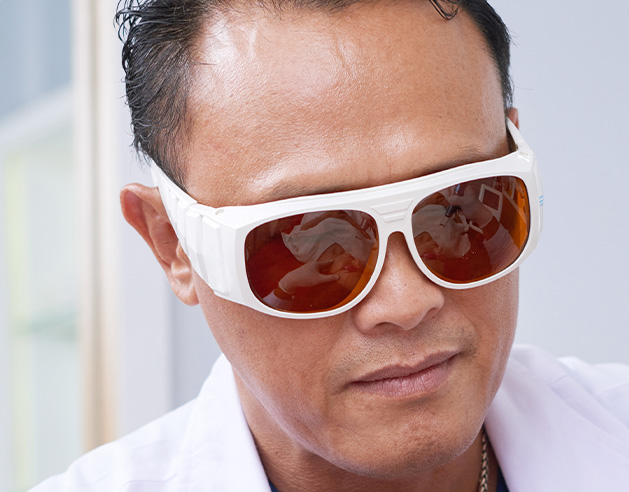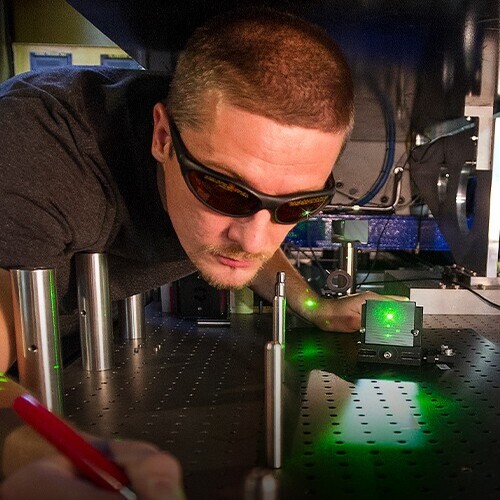Shop By Laser Filters

Our Laser Safety Filter Lenses, Laser Safety Glasses and Goggles can be used for Medical, Military, Research & Education and Industrial laser applications. VS Eyewear provides a complete range of Glass filter lenses laser protection glasses for all lasers. We also offer laser protection products for the eyes/vision and skin. Eyewear should not be cheap when dealing with lasers.
Safety glasses and goggles for laser applications in medical, military, research, education, and industrial. We offer a full line of laser protection products that provide high-quality protection for your eyes and skin.
Safety glasses and goggles for laser applications in medical, military, research, education, and industrial. We offer a full line of laser protection for all Lasers. These products are high-quality and safe for your eyes and skin. Laser safety glasses, goggles and eyewear protect eyes from dangerous reflected and scattered high-powered laser radiation (radiation).
Laser safety glasses, eyewear, and goggles must be selected to block or reduce the wavelength range and optical density. You should choose the right laser safety glasses based on your laser’s operating parameters or the recommendation of a Certified Laser Safety Officer (LSO). Contact us if you don’t have a CLSO or the information in your laser manual. Our laser safety experts can help. Free consultations and OD calculations for laser systems are available. Also available are CE-certified laser safety glasses and goggles. The frames can be pad printed with the wavelengths you need to protect yourself. We offer custom pad printing. Please contact us to get pricing information. All of our laser glasses are compliant with ANSI Z136.1 requirements and can be used with laser systems.
Shop all Laser Safety Products

Our Laser Safety Filter Lenses, Laser Safety Glasses and Goggles can be used for Medical, Military, Research & Education and Industrial laser applications. VS Eyewear provides a complete range of Glass filter lenses laser protection glasses for all lasers. We also offer laser protection products for the eyes/vision and skin. Eyewear should not be cheap when dealing with lasers.
Safety glasses and goggles for laser applications in medical, military, research, education, and industrial. We offer a full line of laser protection products that provide high-quality protection for your eyes and skin.
Safety glasses and goggles for laser applications in medical, military, research, education, and industrial. We offer a full line of laser protection for all Lasers. These products are high-quality and safe for your eyes and skin. Laser safety glasses, goggles and eyewear protect eyes from dangerous reflected and scattered high-powered laser radiation (radiation).
Laser safety glasses, eyewear, and goggles must be selected to block or reduce the wavelength range and optical density. You should choose the right laser safety glasses based on your laser’s operating parameters or the recommendation of a Certified Laser Safety Officer (LSO). Contact us if you don’t have a CLSO or the information in your laser manual. Our laser safety experts can help. Free consultations and OD calculations for laser systems are available. Also available are CE-certified laser safety glasses and goggles. The frames can be pad printed with the wavelengths you need to protect yourself. We offer custom pad printing. Please contact us to get pricing information. All of our laser glasses are compliant with ANSI Z136.1 requirements and can be used with laser systems.
Shop all Laser Safety Products
Laser safety glasses use a process called attenuation, which limits the amount of energy passing through the lens. We offer two types of laser safety glasses: glass and plastic. Glass lenses contain rare elements that absorb the energy, thus preventing the energy from reaching your eyes. On the other hand, plastic lenses have inorganic dyes that block the passing of the certain wavelengths. Plastic lenses block specific wavelengths, which is why it’s important to know which wavelengths you want to protect yourself from. Since plastic lenses contain dyes, they tend to be darker than glass lenses for the same wavelength ranges. It is important to consider the differences between glass and plastic lenses before choosing laser glasses in your wavelength range.
The first thing to consider is the wavelength of the laser, its power level, whether you need to see the beam or not, and finally the visible light transmission of the filter. If the visible light transmission is too dark, you may have difficulty operating in your workspace. If you’re unsure on any of these points, please contact one of our Customer Service Representatives for assistance.
NEVER look directly into any laser beam, no matter if you are wearing filters or not. Make sure there are proper safety interlocks and detailed operating procedures regarding the use of the laser. If glasses are required, use them, even when you are not operating the laser directly.
Optical Density is a measure used to gauge the protective level of a laser filter. Considering laser wavelength, power level and operating mode, calculations are made to determine the “worst case” optical density required for a particular laser application.
Every increase of 1 equates to a value of 10. For example, an OD of 0 is 100% transmission. OD 1 is 10%, 2 is 1%, 3 is .1%, 4 is .01% and 5 is .001% Most medical devices require and OD of 5. That means you will be blocking 99.999% of the laser energy.
Extremely. Lasers can have anywhere between 100 and 10,000 times more energy than a 100 Watt lightbulb. In a lightbulb, light energy is dispersed in all directions. Laser energy moves in one wavelength and one direction, so is therefore much more highly concentrated. Powerful enough lasers can cause damage to your eye faster than you can blink, so be careful at all times.
Follow the Standard Operating Procedure set up by your laser safety officer. If you do not have one, avoid direct viewing of the laser beam. Wear glasses recommended by the manufacturer. Do not defeat safety interlocks that are built into your system. If you have any doubts, it is always best not to proceed until you consult with an expert.
At VS Eyewear, we offer a full line of both Polycarbonate and Glass lens filters. → Laser Safety Lens Technology
We offer Full Specification Sheets for all of our Laser Filters.
→ Laser Filter Specification Sheets
Our goal at VS Eyewear is to provide customers with laser safety glasses that provide the highest protection against all kinds of lasers. That being said, our laser safety glasses start at $30.00, with many options to choose from. Added features such as prescription and lens coatings can bring up the price of your laser safety glasses. However, these features are provided at the best price in the market.
Yes, our laser safety glasses are rigorously tested and adhere to the ANSI Z136 standard for laser safety, ensuring comprehensive protection against laser hazards. Additionally, they meet the ANSI Z87.1 standard for impact resistance. For our European customers, we also offer products certified to the CE standards, including EN166 and EN207, further affirming our commitment to safety and quality in diverse working environments.
Laser safety glasses usually take between 1 and 3 business days to be shipped. Prescription orders from VS Eyewear take between 7 and 10 business days to be completed and shipped. This is the same for all prescription safety glasses.
Please contact us on our chat, e-mail us at [email protected], or call us at 877.872.5780. VS Eyewear is committed to getting your order out quickly and efficiently while doing proper quality control.
Yes, they do. All Laser safety glasses at VS Eyewear come with a case for their protection. We also ship them with a soft microfiber cleaning pouch and small cord.
To test laser safety glasses, a spectrophotometer is required and three steps need to be applied. First, the lens needs to be applied to the spectrophotometer, which will test the amount of light being absorbed against the amount of light being let through at different wavelengths. The amount being absorbed is a measurement known as Optical Density (OD). Second, you need to find out what protection level is needed based on the output of your laser by looking for the recommended OD of the laser. Finally, compare the OD of your lens to that required. If it is sufficient, it is considered safe.
